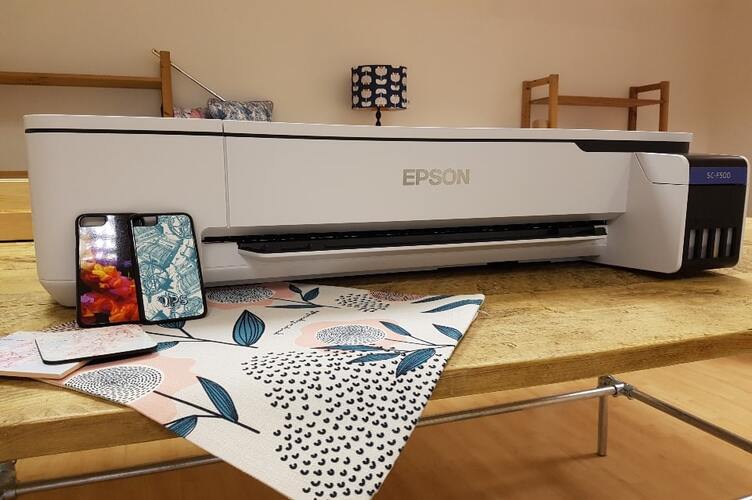It may be assumed that as the pandemic continues, and the UK enters the largest recession on record, now is not a time when professionals will be exploring for new and better opportunities. However, Mandy Watson, director of the recruitment firm, Ambitions Personnel, predicts this won’t necessarily be the case for the print and packaging industry.
I’ve said before that print is one of the most diverse industries there is, and businesses within it have been impacted differently by the COVID pandemic. We have seen a mass global reduction in the sales and manufacturing of certain print work, which some printers are yet to recover from.
However, printers that supply essential and critical infrastructure industries such as; food production, pharmaceuticals, toiletries and cleaning solutions, have been in unchanging or increasing demand.
Businesses that have been able to safely operate, despite the adverse circumstances the pandemic inflicted, are in a better position to provide a greater level of job security to its workers. So, for printing professionals skilled in the supply of essentials and critical goods, it will feel less risqué to move roles should a more fulfilling opportunity arise.
Certain print and packaging businesses, particularly within the FMCG sector have not just been able to sustain standard supply and profits, but improve on internal processes to increase production and sales.
If printers want to retain their top talent then they must adapt and diversify to provide their workers with an opportunity to up-skill and progress internally. Although this can be said for most businesses, print and packaging firms have a real opportunity to provide this.
Whether it be design, operations or quality, technology plays a vital part in a print worker’s performance. It’s not so much a bad worker blames their tools, but an excellent worker can be prevented from achieving the best results with inadequate tools. A business investing in the technology it provides its staff with is crucial to business performance and staff development, thus retention.
Nowadays the word “automation” seems to come loaded with heavy meaning, due to the stigma that exists that purports that technology destroys jobs. While certain printing technology may need less time to set up and require fewer people to operate it, what is saved can be better invested elsewhere.
Automation increases production; therefore, in a print environment, this creates a higher demand for workers in quality control, proofreading and distribution. This is in addition to an ROI, as more can be manufactured in less time, increasing sales.
As well as improving processes and creating new jobs, technological investments also reduce the need for outsourcing. With regards to satisfaction and retention, this results in internal staff having greater control of an entire project, while saving the expense and time of using a third-party.
The more a print business expands its capabilities, the more they ensure staff can up-skill. Training to use new and higher-level machinery, software and technology, or being exposed to other areas in the print sector enhances industry knowledge.
Ultimately, providing your staff with the opportunity and resources to do the best job they can is one of the biggest attractions when retaining staff and attracting candidates.
--
https://www.thegill.co.uk/advice/577-retaining-talent-in-the-printing-industry

